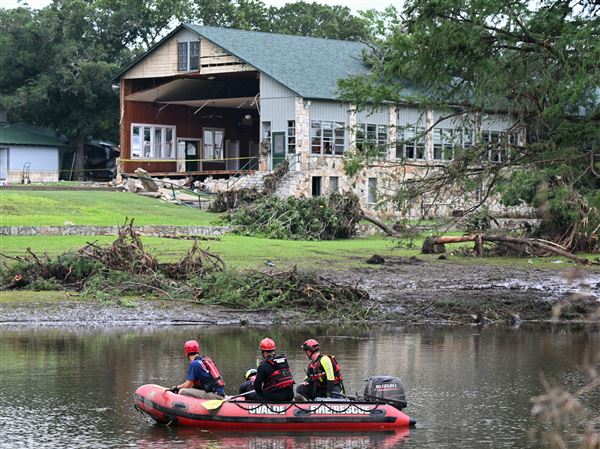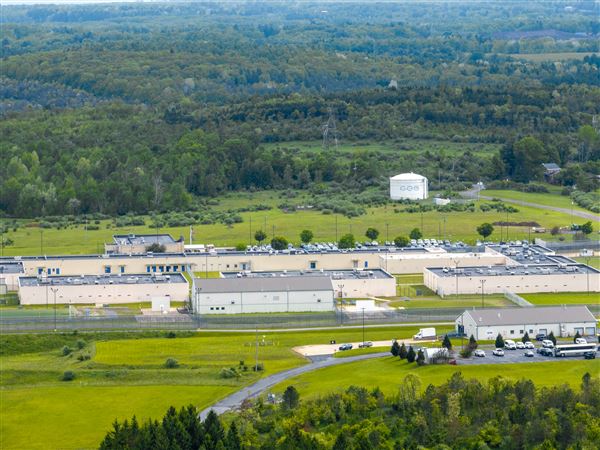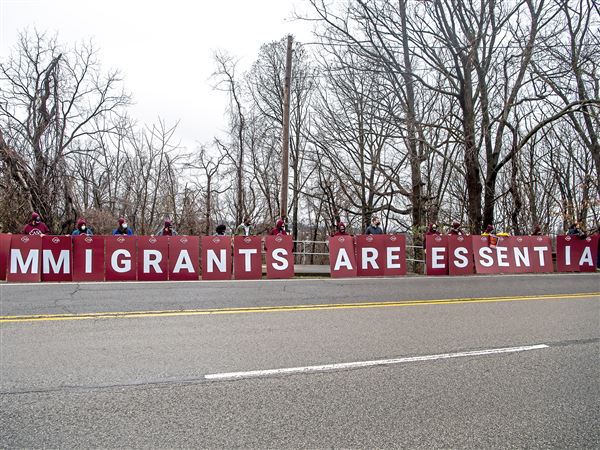NASA's Valentine's Day date with a comet went flawlessly. The day after was somewhat more problematic, although scientists were still ecstatic.
The Stardust spacecraft, traveling 24,000 miles per hour, passed 110 miles from the comet Tempel 1 at 11:40 p.m. Eastern time on Monday. This was the first time a comet had been seen close up twice. A different NASA spacecraft, Deep Impact, visited in 2005.
"If you ask me, was this mission a hundred percent successful in terms of the science, I would have to say no," said Joseph Veverka, a professor of astronomy at Cornell and principal investigator for the mission, at a news conference on Tuesday.
He added brightly, "It was a thousand percent successful."
The visit to Tempel 1, an extension of Stardust's original mission, cost $29 million, a fraction of the $300 million to $500 million that would be needed to send a new spacecraft.
Scientists wanted to see how parts of Tempel 1's surface seen by Deep Impact have changed, they wanted to see new swaths that Deep Impact did not take pictures of, and they wanted to see the impact crater created by an 820-pound copper slug unleashed by Deep Impact.
To ensure that the desired parts of Tempel 1 would be facing Stardust as it passed, scientists had to precisely track the comet's rotation, and NASA had to precisely navigate the spacecraft.
Dr. Veverka said the orientation of Tempel 1 turned out to be within a couple of degrees of the predictions.
But the scientists had to wait to see the results. The spacecraft had been commanded to first send back five photographs taken at closest approach, but because of a software glitch, it instead sent back the images in the order they had been taken, starting with faraway ones.
When the close-up images arrived, they covered everything on the checklist.
Peter H. Schultz, a professor of geological sciences at Brown University and a co-investigator, said the Deep Impact crater, about 500 feet across, was "more subdued" than had been expected. Material that was kicked up by the collision then fell back. "The crater partly healed itself," Dr. Schultz said.
The scientists actually had more trouble showing the images than the spacecraft had taking them; the picture of the impact crater was left out from the presentation slides shown at the news conference.
"Let me just tell them," Dr. Schultz said. "We saw the crater."
Dr. Veverka interjected, "Yeah, we really did see the crater."
Later in the news conference, NASA was able to display a comparison between what Deep Impact saw five-and-a-half years ago and what Stardust saw Monday. The images can also be seen at nasa.gov.
Donald E. Brownlee of the University of Washington, another co-investigator, described the rat-tat-tat of dust particles that hit the spacecraft. "Like a B-17 in World War II flying through flak," he said.
An instrument on Stardust was able to do chemical analysis on the dust particles, finding carbon and carbon-nitrogen fragments, Dr. Brownlee said.
First Published: February 16, 2011, 5:00 a.m.















